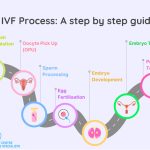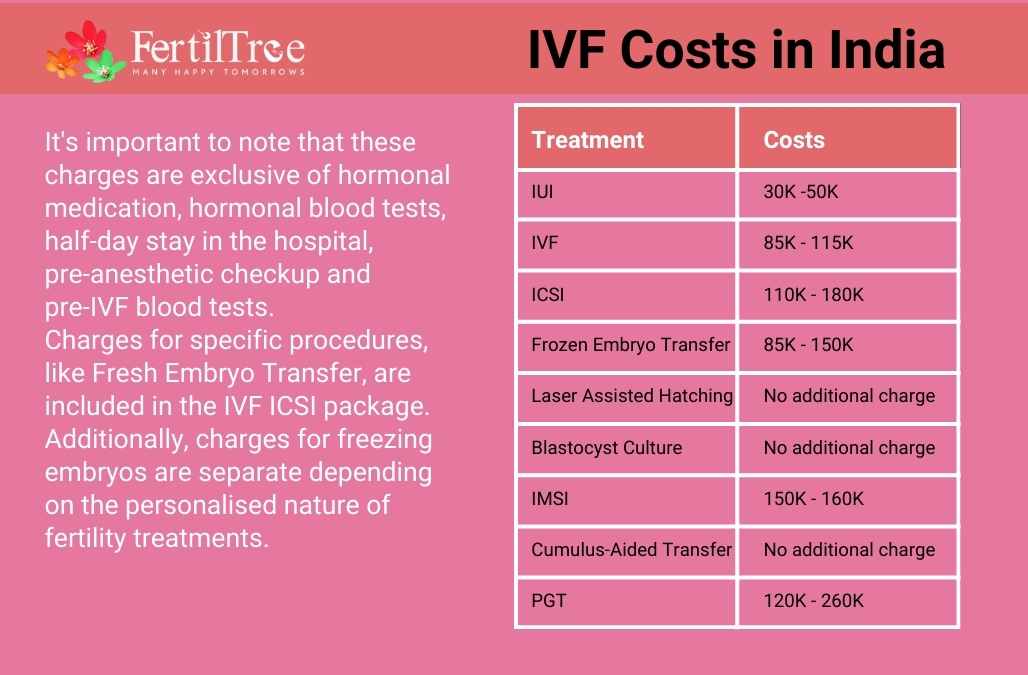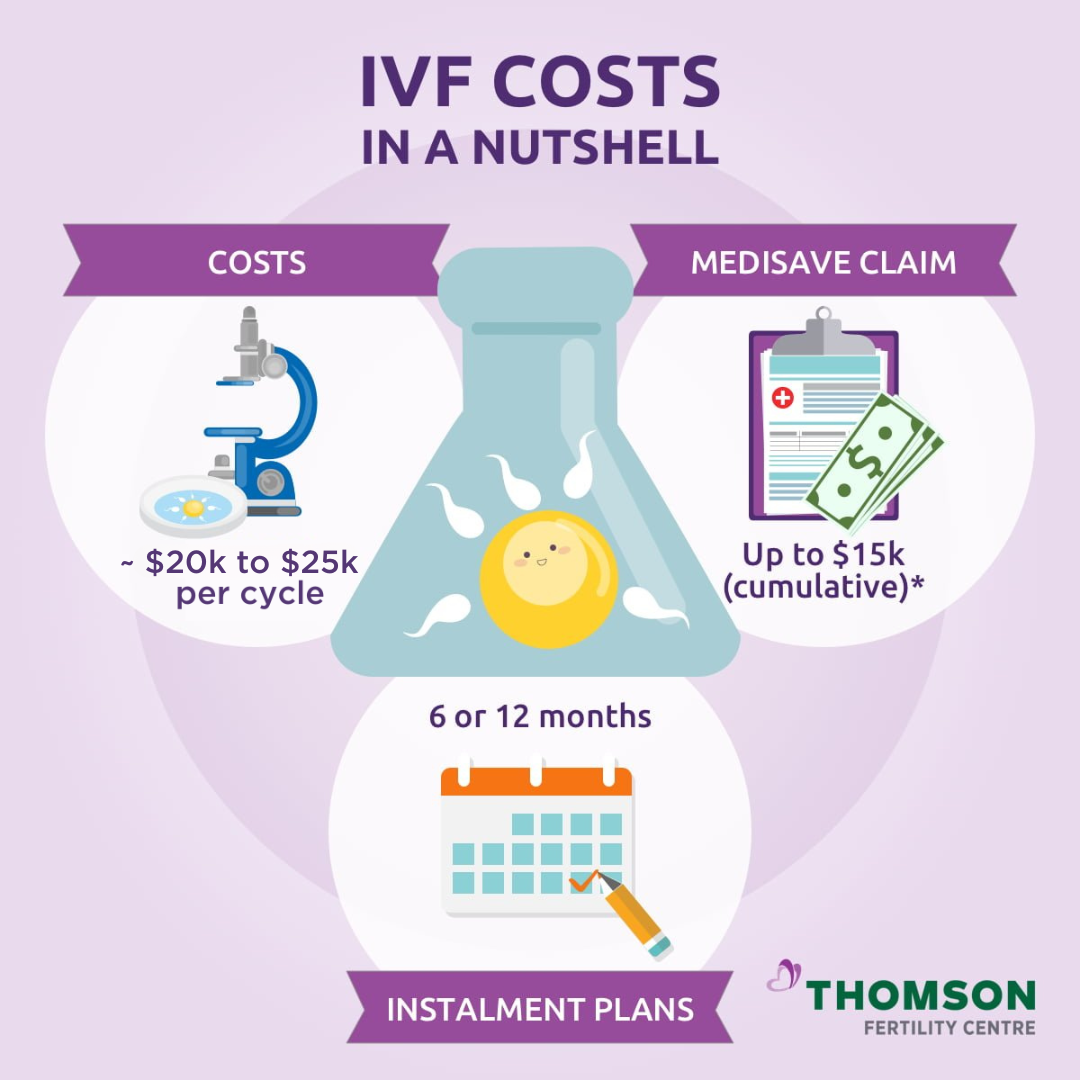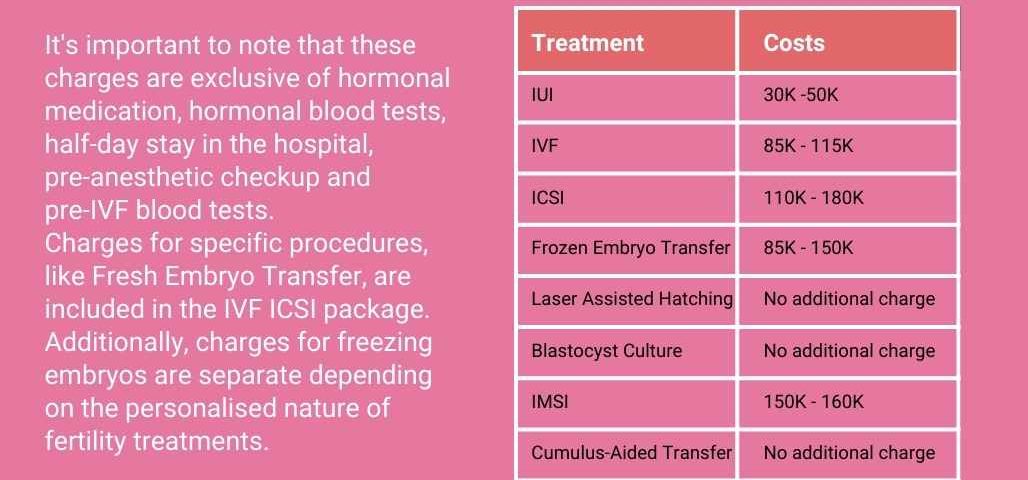
Your IVF Calendar: A Month-by-Month Guide to the Journey
April 21, 2025IVF Cost in the USA: Everything You Need to Know Before You Start
If you’ve ever thought about in vitro fertilization (IVF), you’ve probably wondered: How much is this going to cost me? It’s a big question—and one that can feel overwhelming when you’re just starting to explore your options. IVF is a life-changing journey for many, but the price tag can be a shock. In the U.S., it’s not uncommon for a single IVF cycle to run between $12,000 and $30,000, and that’s just the beginning. Most people don’t realize that extras—like medications, genetic testing, or donor eggs—can push the total way higher. And here’s a little secret: the cost isn’t the same everywhere, and there are hidden fees that might catch you off guard.
In this guide, we’re diving deep into the world of IVF costs in the USA. We’ll break down what you’re actually paying for, share some surprising facts (did you know some clinics offer refunds if it doesn’t work?), and give you practical tips to save money. Whether you’re a hopeful parent-to-be, a curious researcher, or just someone who loves learning about big life decisions, this article has something for you. Let’s get started!

What Does IVF Actually Cost in the USA?
IVF isn’t cheap, but the price depends on a lot of factors—like where you live, what clinic you choose, and what extras you need. On average, one IVF cycle in the U.S. costs around $21,600, according to fertility experts. But here’s the kicker: most people don’t get pregnant on the first try. The average patient goes through two to three cycles, which means you could be looking at $40,000 to $60,000 total. Crazy, right?
Breaking Down the Base Cost
So, what’s included in that $21,600? Most clinics bundle some key steps into their “base fee.” Here’s what you’re typically paying for:
- Monitoring appointments: These are the checkups where doctors track your hormone levels and egg growth with ultrasounds and blood tests. Usually included in the base price.
- Egg retrieval: A minor surgery to collect eggs from your ovaries. This is a big part of the cost.
- Lab work: Fertilizing the eggs with sperm and growing embryos in a lab.
- Embryo transfer: Placing the embryo into your uterus—fingers crossed it sticks!
But don’t get too comfy with that number. The base fee often doesn’t cover medications (which can add $3,000–$6,000) or things like anesthesia. It’s like buying a car—there’s the sticker price, and then there’s everything else they tack on.
Why Costs Vary So Much
Ever wonder why one clinic quotes $12,000 while another says $25,000? Location plays a huge role. Big cities like New York or Los Angeles tend to charge more because of higher overhead costs. Smaller towns might be cheaper, but they could lack cutting-edge tech. Plus, every clinic has its own pricing style—some bundle everything, while others nickel-and-dime you for extras.
Here’s a quick look at how costs stack up by region:
| Region | Average Base IVF Cost (No Meds) |
|---|---|
| Northeast (e.g., NY) | $18,000–$25,000 |
| West Coast (e.g., CA) | $15,000–$22,000 |
| Midwest | $12,000–$18,000 |
| South | $12,000–$20,000 |
The Hidden Costs You Didn’t See Coming
Here’s where it gets sneaky. A lot of clinics don’t advertise these add-ons upfront, but they can pile up fast:
- Medications: Think $3,000–$6,000 per cycle for hormone shots to boost egg production.
- Genetic testing: Want to screen embryos for health issues? That’s $1,500–$5,500 extra.
- Frozen embryo storage: Keeping extras on ice costs $300–$1,000 a year.
- Donor eggs or sperm: Using donor materials? Add $1,000–$1,500 for sperm or $14,000–$47,000 for eggs.
One couple I heard about thought they’d budgeted perfectly at $15,000—until they got hit with a $4,000 medication bill they didn’t expect. It’s like planning a vacation and forgetting the plane tickets!
What Makes IVF So Expensive?
IVF feels like a luxury purchase sometimes, but there’s a reason it costs so much. It’s not just about fancy clinics or doctor salaries—there’s a ton of science and manpower behind it.
The Science Factor
Picture this: a team of lab experts is carefully mixing your eggs and sperm in a petri dish, watching tiny embryos grow under a microscope. That takes high-tech equipment, sterile labs, and years of training. Dr. Kenan Omurtag, a fertility specialist at Washington University, once said, “IVF is a blend of art and science—every step has to be perfect, and that precision isn’t cheap.”
Time and Effort
One cycle takes about 4–6 weeks, and you’re not just sitting around. You’ve got:
- Daily hormone shots for 10–14 days.
- Multiple doctor visits (sometimes 5–10 per cycle).
- Surgery for egg retrieval.
- Lab time to create and transfer embryos.
All that effort adds up—both for you and the clinic staff working overtime to make it happen.
Success Isn’t Guaranteed
Here’s a tough truth: IVF doesn’t always work the first time. Success rates drop with age—55% for women under 35, but only 8% for those over 40, per CDC data from 2020. Clinics charge the same whether you get pregnant or not, so the risk is all on you. That’s why some people end up spending way more than they planned.
The Add-Ons: Are They Worth It?
Beyond the basics, there are optional extras that can boost your chances—or your bill. Let’s unpack the most common ones and see if they’re worth the hype.
Preimplantation Genetic Testing (PGT)
This is like a health check for your embryos. PGT-A screens for chromosome issues and costs $4,500–$5,500. It’s popular with older patients or those with a history of miscarriage because it helps pick the strongest embryos.
- ✔️ Pros: Higher chance of a healthy pregnancy.
- ❌ Cons: Expensive, and it doesn’t guarantee success.
Tip: Ask your doctor if your situation (like age or past losses) makes PGT a smart move.
Donor Eggs or Sperm
If your own eggs or sperm aren’t viable, donors can step in. Donor sperm is $1,000–$1,500 per vial, while donor eggs range from $14,000 (frozen) to $47,000 (fresh). Why so pricey? Fresh eggs involve syncing a donor’s cycle with yours—logistics galore!
- Real-Life Example: A single dad I read about used donor eggs and a surrogate, spending over $100,000 total. It worked, but he had to remortgage his house!
Mini IVF: The Budget Option?
Mini IVF uses fewer drugs to produce fewer eggs, cutting costs to $5,000–$8,000 per cycle. Sounds great, but there’s a catch: fewer eggs mean fewer embryos, which could lower your odds.
- Research Insight: A 2023 study in Human Reproduction Update found mini IVF patients had similar pregnancy rates to traditional IVF when they got high-quality embryos, but it often took more cycles.
Advice: If you’re young with good egg reserves, mini IVF might save you cash. Otherwise, weigh the risks.
How to Pay for IVF Without Breaking the Bank
Let’s be real—IVF can drain your savings. But there are ways to make it more manageable. Here’s how people are doing it.
Insurance: Does It Cover Anything?
Only 19 states require some fertility coverage, and even then, IVF isn’t always included. If you’ve got insurance, check these:
- Does it cover diagnostics (like blood tests)?
- What about medications or the procedure itself?
One friend found out her plan covered $5,000 of meds—huge relief! Call your provider and ask specific questions to avoid surprises.
Financing and Loans
Clinics often partner with companies like Prosper or CapexMD to offer loans with decent rates. Payments might be $200–$500 a month, depending on the amount.
- Steps to Get Started:
- Ask your clinic for financing options.
- Compare interest rates (aim for under 10%).
- Set a budget you can stick to.
Grants and Discounts
Nonprofits like Baby Quest or Starfish Infertility Foundation give out grants—sometimes covering a whole cycle! Clinics might also offer discounts for military families or multi-cycle packages.
- ✔️ Pro Tip: Apply early—grants are competitive and deadlines sneak up fast.
Real Stories: What IVF Costs Really Feel Like
Numbers are one thing, but what’s it like to live it? Here are some personal tidbits from people who’ve been there.
The Emotional Price Tag
One mom told me, “I spent $45,000 over three cycles, but the hardest part was the hope—and the heartbreak when it didn’t work.” IVF isn’t just money—it’s stress, tears, and late-night Google searches about success rates.
Unexpected Wins
A couple in Texas found a clinic with a “money-back guarantee”—if they didn’t get pregnant after six cycles, they’d get 75% back. Cost? $20,000 upfront. They had a baby on cycle two and felt like they’d won the lottery.
Hobbies That Help
Some folks cope by diving into distractions. One woman started knitting baby blankets during her cycles—said it kept her hands busy and her mind calm. Another guy took up running, training for a 5K between appointments. What’s your stress-buster?
The Latest IVF Cost Trends in 2025
Since it’s March 24, 2025, let’s look at what’s new this year. Costs are shifting, and there are fresh ways to save.
Rising Prices, But More Options
Experts say IVF costs are up 5–10% from last year due to inflation and demand. But here’s the cool part: clinics are rolling out “shared risk” programs. Pay $25,000–$30,000 upfront, and if it doesn’t work after a set number of tries, you get a refund. Risky, but it’s a lifeline for some.
Tech Breakthroughs
A 2024 study showed AI can now predict embryo quality better than humans, cutting down on failed transfers. Some clinics offer this for an extra $500–$1,000, but it could save you a whole cycle’s cost if it works.
Quote: “AI is changing how we approach IVF—it’s like having a crystal ball for embryos,” says Dr. Emre Seli from Yale Fertility Center.

Your IVF Cost Game Plan
Ready to take the plunge? Here’s a step-by-step guide to keep costs under control and boost your chances.
Step 1: Research Clinics
- Call 3–5 clinics and ask for a detailed cost breakdown.
- Check reviews—cheaper isn’t always better if the success rates are low.
Step 2: Budget Smart
- Set a Limit: Decide your max spend (e.g., $30,000).
- Buffer Zone: Add 20% for surprises like extra meds.
Step 3: Boost Your Odds
- Eat a Mediterranean diet—studies show it ups success rates by 65–68%.
- Cut stress with yoga or walks—it won’t lower costs, but it might save your sanity.
Fun Facts and Myths About IVF Costs
Let’s lighten things up with some quirky IVF tidbits—and bust a few myths while we’re at it.
Did You Know?
- The first IVF baby, Louise Brown, was born in 1978—and her mom paid almost nothing because it was experimental!
- Some clinics let you “donate” unused embryos to research for a discount on future cycles.
Myth-Busting
- Myth: IVF always costs over $100,000.
Truth: That’s rare—most spend $40,000–$60,000 total. - Myth: Insurance never covers it.
Truth: Some plans chip in, especially for diagnostics.
Let’s Talk About It
IVF costs are a rollercoaster, but you don’t have to ride it alone. What’s your biggest worry—money, success rates, or something else? Drop a comment below and let’s chat! Or share your story—did you find a hack to save cash? Maybe you’ve got a hobby that got you through the tough days. I’d love to hear it!
And if this guide helped, pass it along to someone who’s starting their IVF journey. Together, we can make this less scary—and maybe even a little fun.
